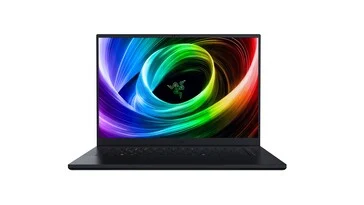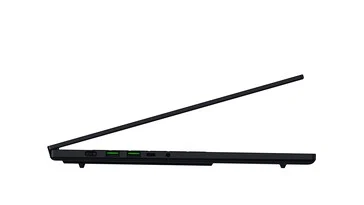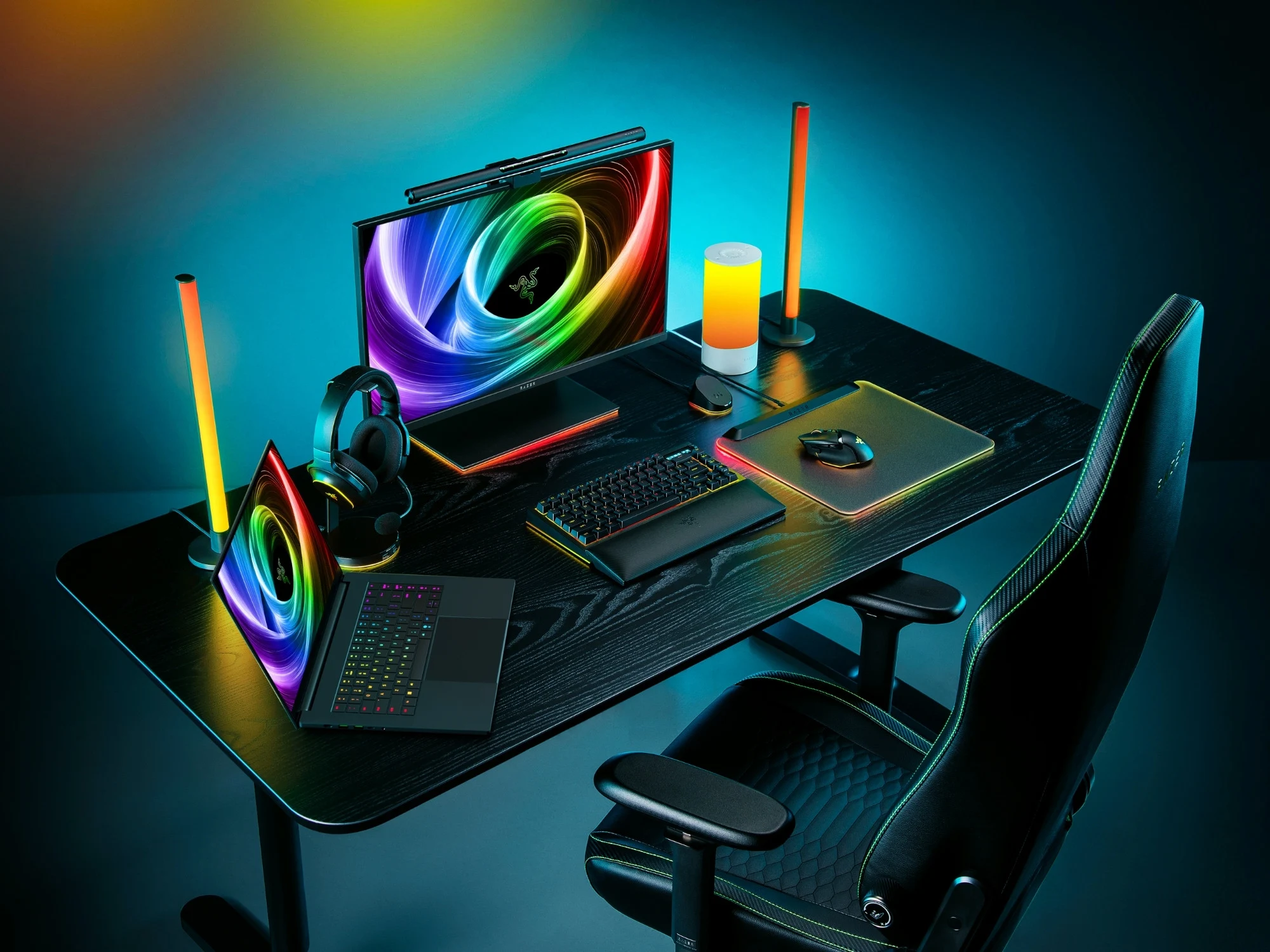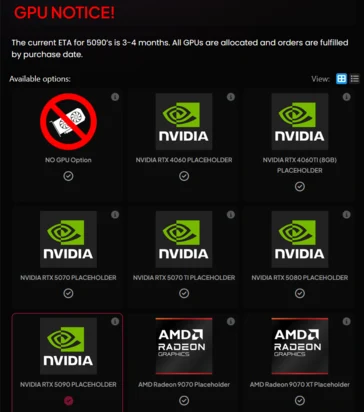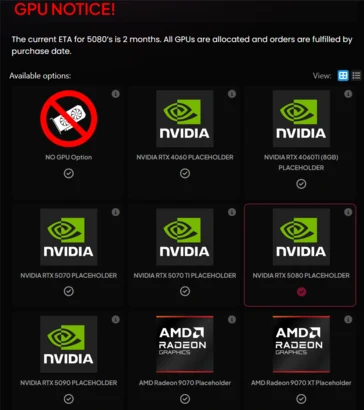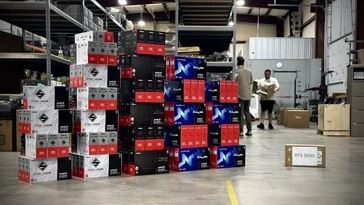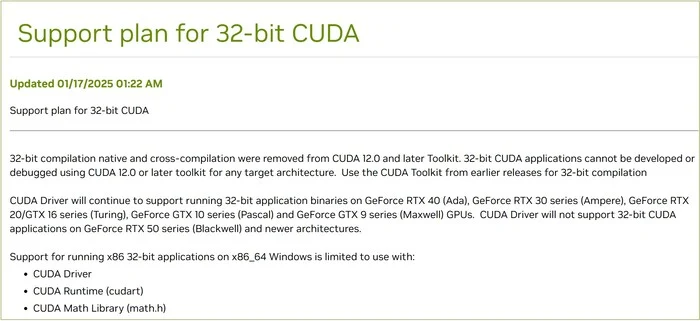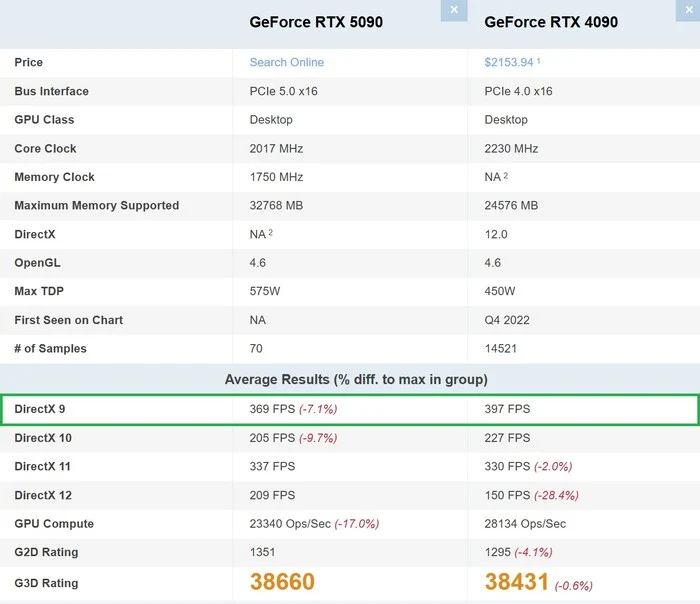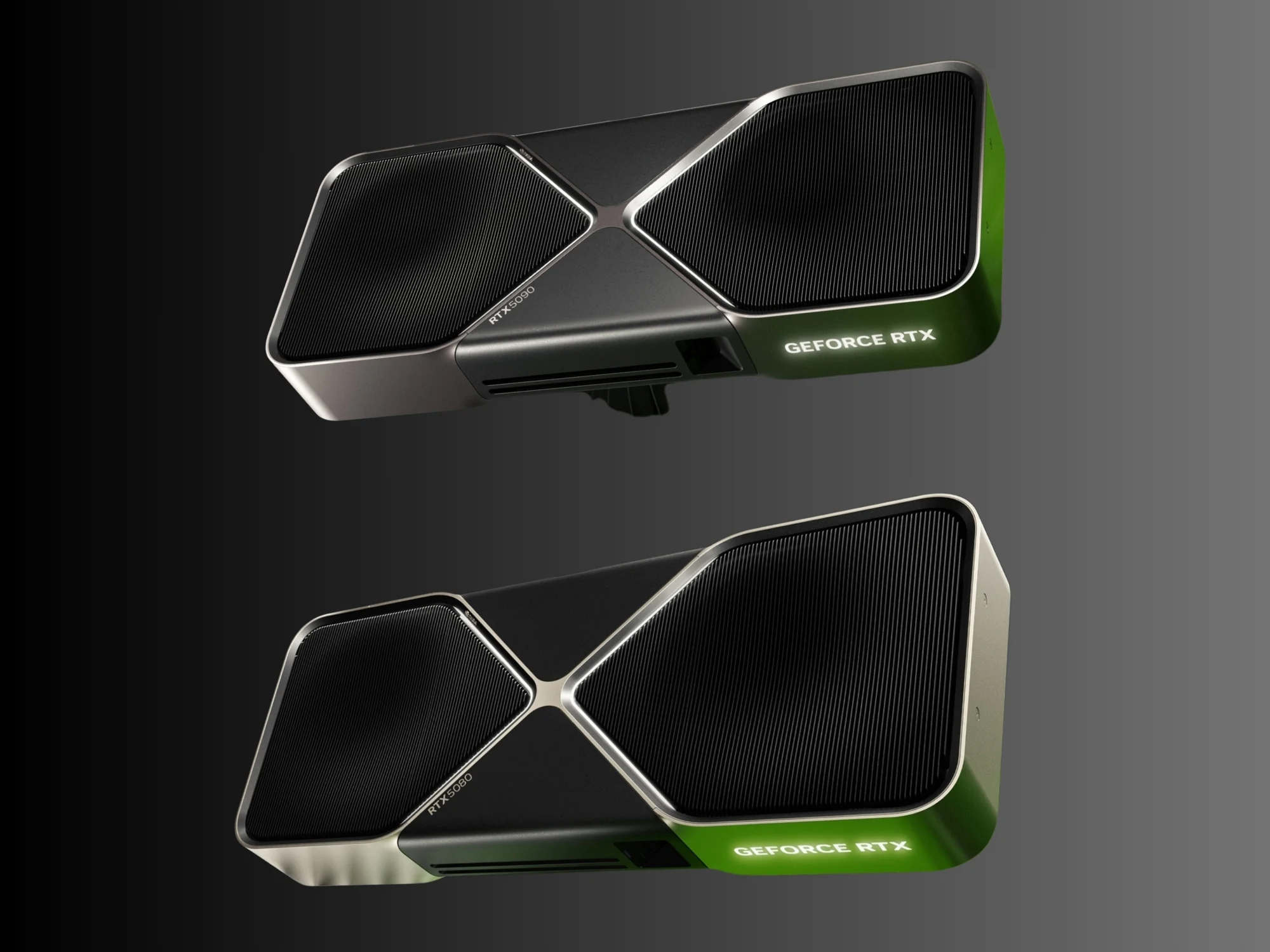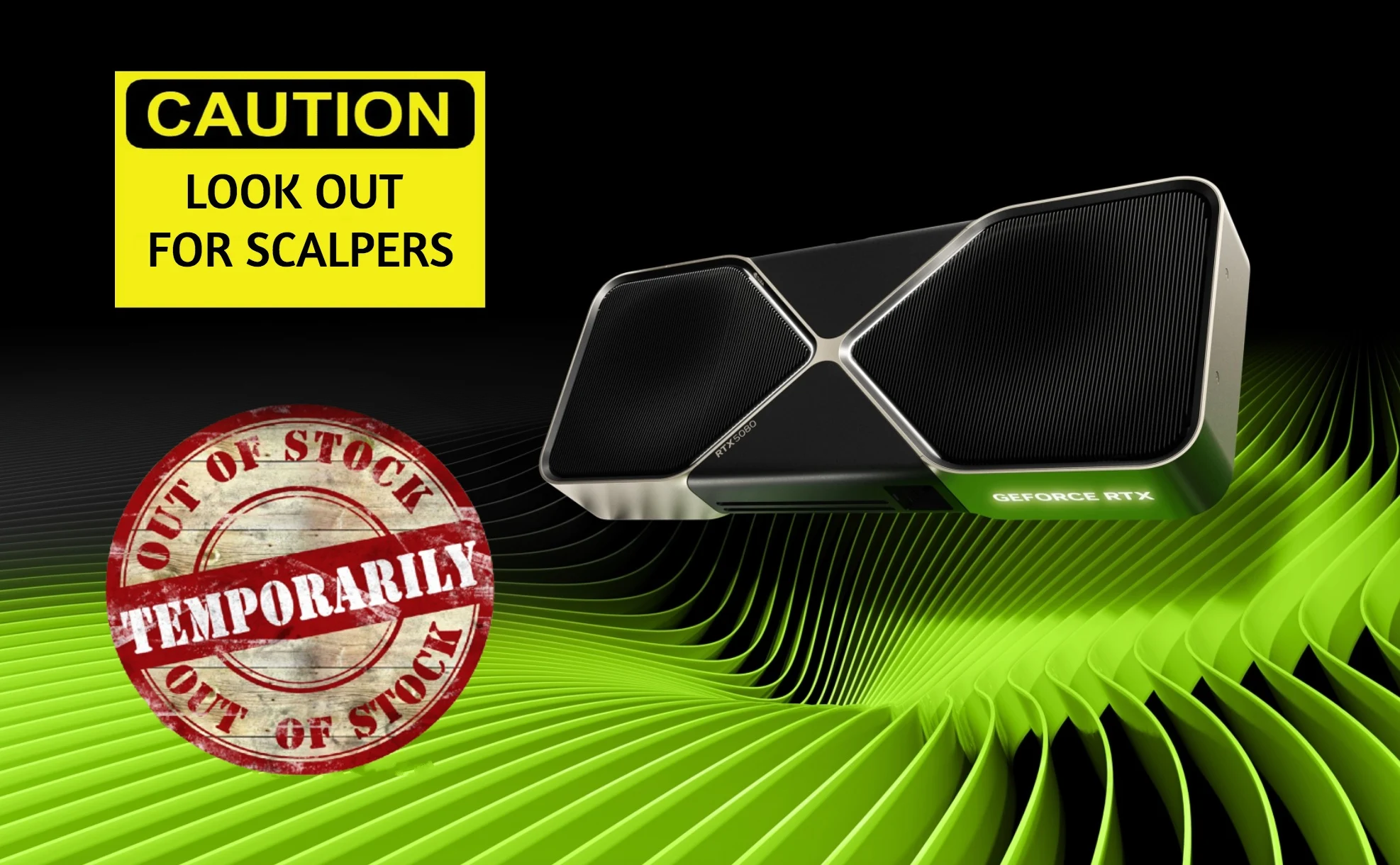Key Takeaways
1. Razer Blade 16 Availability: All versions of the Razer Blade 16 gaming laptop are now available for purchase after initial pre-order concerns due to tariffs.
2. Thinner Design: The Blade 16 features a thinner design at just .59 inches, improved from the bulkier 2024 model, with enhanced cooling systems.
3. Impressive Gaming Experience: The laptop offers a desktop-like gaming experience with high build quality and a vibrant QHD+ 240Hz OLED display.
4. Upgrade Limitations: The laptop has soldered memory options (32 GB or 64 GB) that cannot be upgraded, which may limit customization for some buyers.
5. Quick Shipping: The Razer Blade 16 is expected to ship quickly, potentially arriving by the end of April, but many Blade 14 and Blade 18 models remain out of stock.
Buyers were worried when many Razer laptops vanished from the company’s US store. This included the Blade 16, as tariffs complicated pre-orders. Luckily, Razer has revealed that all versions of the 16-inch gaming laptop are now available. Models featuring AMD Ryzen AI 9 300 CPUs start at $2999.99, while an option with an RTX 5090 can go up to $4899.99.
A Thinner Design
When it was unveiled at CES 2025, the most noticeable change in the Blade 16 was its thickness. After feedback about the bulkiness of the 2024 model, Razer managed to slim down the latest version to just .59 inches at its thinnest area. To keep the temperature in check, the laptop employs a new vapor chamber cooling system and super-slim exhaust fins. Razer has also upgraded to Ryzen AI 9 300 processors to provide a more efficient performance.
Impressive Gaming Experience
Notebookcheck’s review of the Razer Blade 16 praised the device for offering a desktop-like gaming experience. Even with a sleeker profile, Razer maintained its high build quality. Additionally, its QHD+ 240Hz OLED display is impressive, showcasing vibrant and precise colors.
Upgrade Limitations
One downside is the laptop’s soldered memory options of 32 GB or 64 GB LPDDR5X 8000 MHz. The inability to upgrade the RAM may pose a challenge for customers wishing to customize their system at checkout. Buyers can choose from Nvidia RTX 5070 Ti, RTX 5080, and RTX 5090 graphics cards along with two Ryzen AI 9 CPUs. However, some configurations might restrict memory and storage selections.
The good news is that the pre-order worries seem to be resolved for US buyers. No matter the version, the Razer Blade 16 is expected to ship quickly, potentially arriving by the end of April. Currently, the gaming laptop is available only on Razer’s website and in physical retail locations. Unfortunately, most models of the Blade 14 and Blade 18 are still out of stock.
Press release from Razer PR
WHAT: Razer™, the top global lifestyle brand for gamers, today announced that the highly praised Razer Blade 16 with the newest NVIDIA® GeForce RTX™ 50 Series Laptop GPUs and AMD® Ryzen AI 9 300 series processors is now ready for purchase exclusively at Razer.com and RazerStores throughout the United States.
